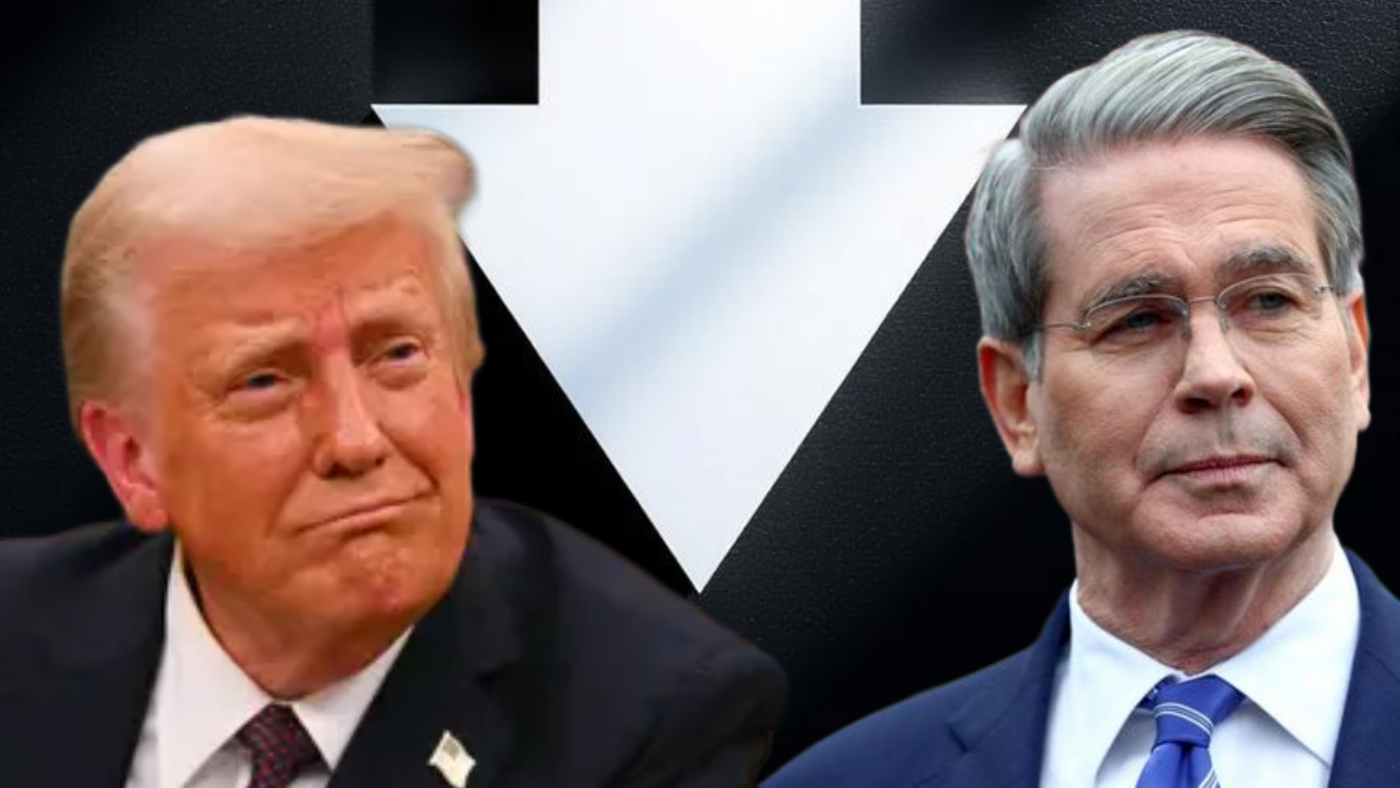In general, Miran is making the case that the Fed is failing to take into account the very real decay in housing market conditions. As usual, the Fed is pegging its decision-making to backward-looking data rather than observable and predictable trends.
The Fed is also placing a lot of weight on the potential inflationary impacts of tariffs, as importers pass much of these costs onto consumers.
Yet the Fed is failing to take into account the positive impact of all the new tariff revenue, which on the margin means lower deficit spending, which is inherently disinflationary.
What about AI?
In a footnote to his speech, Miran noted that there are “other items that might affect productivity growth, like artificial intelligence,” but he chose to focus on other variables for purposes of this discussion.
AI is just now getting deployed across the economy, so it is early days in terms of the impact it could have on productivity. Miran relied on more immediate and observable productivity growth drivers, like deregulation, to make his case.
Investors should consider, however, as AI productivity gains accumulate in the years ahead, this will only reinforce Miran’s claims that interest rates should be much lower.
The AI revolution may just be getting started, but, in our view, it could over time become the most important variable in this whole discussion.
Impact on investors
The reason investors obsess over the Fed, parsing every word Jerome Powell utters, is that the level of interest rates and other monetary policy decisions do have a profound impact on asset prices.
In general, lower interest rates tend to lift almost all asset prices—stocks, bonds, real estate, gold and crypto.
When interest rates are lower, the economy can run hotter than it otherwise would—which translates into higher corporate earnings.
It also means more money chasing risk assets, like stocks, because of greater liquidity and relatively lower returns available in bank accounts and other low-risk fixed income investments.
The longer term risk with cutting interest rates is that you overdo it and create inflation. This is what the Fed, on Jerome Powell’s watch, arguably did in 2020 and 2021, in response to the pandemic.
Stocks and other assets surged from mid-2020 through the end of 2021, but later crashed in 2022, as the Fed had to start jacking up interest rates to get inflation under control.
In our view, the key question for investors is not so much what the Fed will do in the next 6 to 12 months, but whether or not Stephen Miran, Scott Bessent and Donald Trump are actually right.
Can the economy actually sustain lower interest rates and run hotter without causing too much upward pressure on inflation?
As Trump reshapes Fed leadership, we will likely get more decision-makers in place who believe the answer to that question is yes, which in and of itself should help bring interest rates down.
But the even more important variable is whether the economic data comes through supporting their assumptions.
The Fed under Powell is now slowly pivoting, not necessarily because of anything Trump has said but because rising unemployment and rising productivity growth support easier monetary policy.
If interest rates should be lower now than they are, this means we are needlessly driving too slow—doing 55 MPH in a 65 MPH zone, so to speak. We are performing economically below our potential.
When Trump names a new Fed Chair, whoever it is, this could be the key catalyst to change the consensus among Fed decision-makers.
What matters most of all, however, is that Trump’s economic policies do result in greater productivity. This will manifest itself as persistently lower rates of inflation that will allow the Fed to pursue easier monetary policy.
So while it may be frustrating in the meantime, long-term investors who appreciate the positive changes underway in the Trump economy have a lot to look forward to as interest rates ultimately come down.
Interest rate sensitive stocks, which includes many holdings within our Income Builder Model Portfolio, stand to benefit in particular. We plan to highlight these names in our monthly portfolio review next week.
The Fed may be too late, too backward-looking and too skeptical of Trump’s economic agenda—but will eventually have to respond to data. And in less than nine months, Trump’s pick for the next Fed Chair from will take office.
Trump has not shown a tendency historically to select bashful, wallflower types for key leadership positions. Whoever is chosen will almost certainly be a forceful advocate for lower rates.





